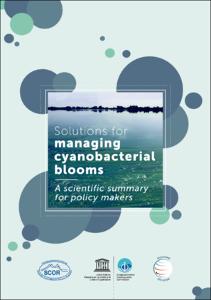Solutions for managing cyanobacterial blooms: A scientific summary for policy makers.

View/
Average rating
votes
Date
2019Author
Burford, M.A.
Gobler, C.J.
Hamilton, D.P.
Visser, P.M.
Lurling, M.
Codd, G.A.
Status
PublishedPages
16pp.
Metadata
Show full item recordAbstract
Algae grow wherever there is water; in
oceans, freshwater lakes, rivers, streams and
pools. They underpin aquatic food webs,
providing nutrition for animals in the system,
and along with microbes, are responsible
for cycling energy and nutrients throughout
the environment. Problems arise when algae
bloom, which is often the result of excess
nutrients. These nutrients may come from
a range of sources, including rainfall and
associated runoff from fertilizer application
and land erosion, as well as discharge from
sewage and other high-nutrient sources.
One of the key groups of algae that can bloom
in freshwaters, marine and brackish waters is
cyanobacteria (also known as blue-green algae).
Cyanobacteria are technically not algae, as
they are a more ancient lifeform, but they share
characteristics in common with algae, including
needing sunlight for photosynthesis. They are
particularly prolific in calm waterbodies, such as
lakes, ponds, weirs and reservoirs, or slow .....
Resource URL
https://oceanexpert.org/document/26293Publisher
UNESCO-IOCParis, France
Series;Nr
IOC/INF;1382Document Language
enSustainable Development Goals (SDG)
14.1Essential Ocean Variables (EOV)
N/ACitation
Burford, M.A. et al. (2019) Solutions for managing cyanobacterial blooms: a scientific summary for policy makers. Paris, France, IOC/UNESCO, 16pp. (IOC/INF-1382). DOI: http://dx.doi.org/10.25607/OBP-1718Collections
 Repository of community practices in Ocean Research, Applications and Data/Information Management
Repository of community practices in Ocean Research, Applications and Data/Information Management